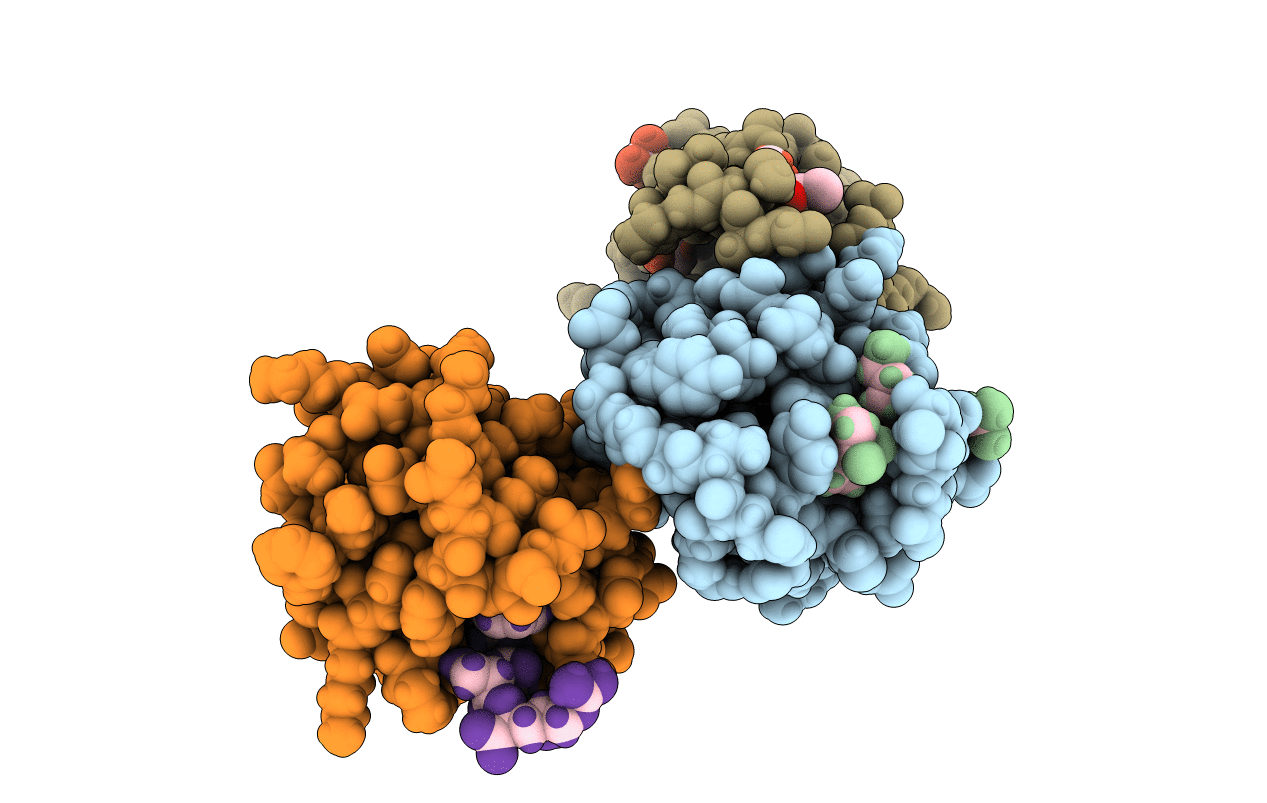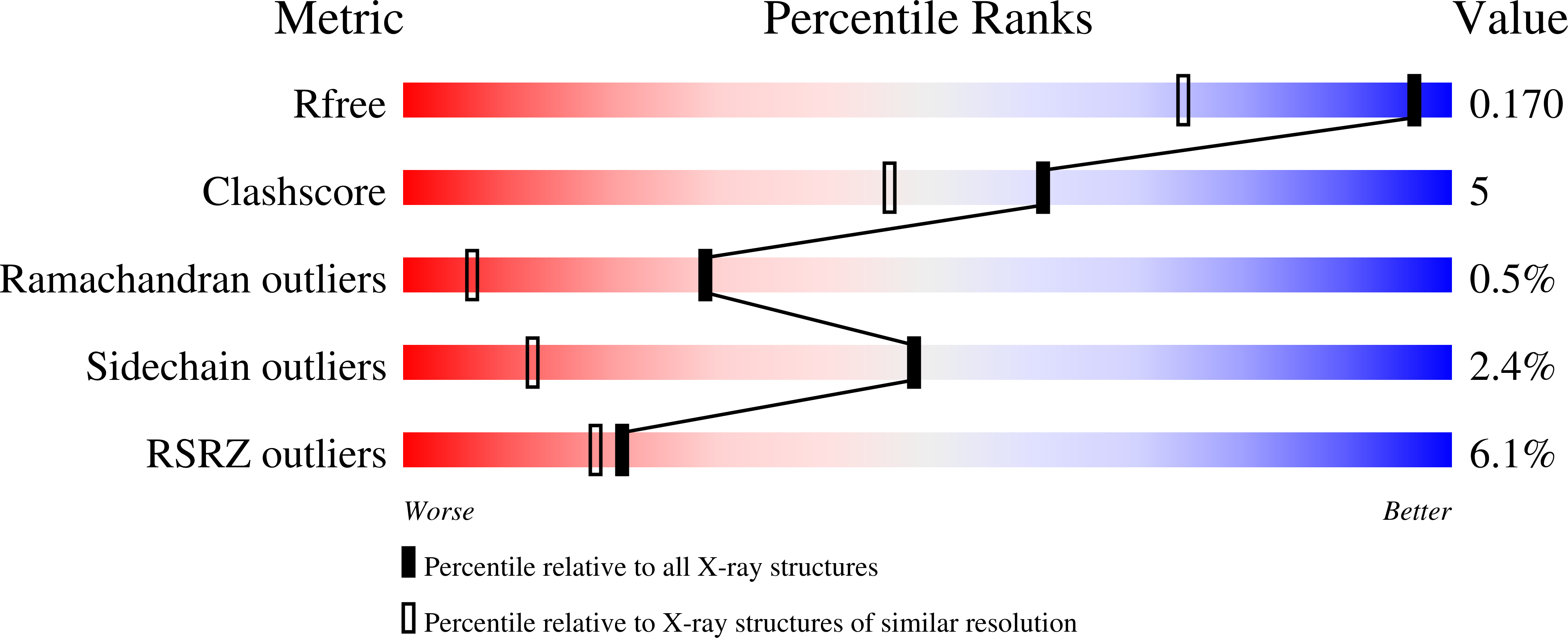
Deposition Date
2019-12-10
Release Date
2021-01-13
Last Version Date
2024-01-24
Entry Detail
PDB ID:
6TNQ
Keywords:
Title:
Crystal structure of the human Arc N-lobe bound to repeat 4 from GKAP
Biological Source:
Source Organism:
Homo sapiens (Taxon ID: 9606)
Host Organism:
Method Details:
Experimental Method:
Resolution:
1.30 Å
R-Value Free:
0.17
R-Value Work:
0.13
Space Group:
P 1 21 1


